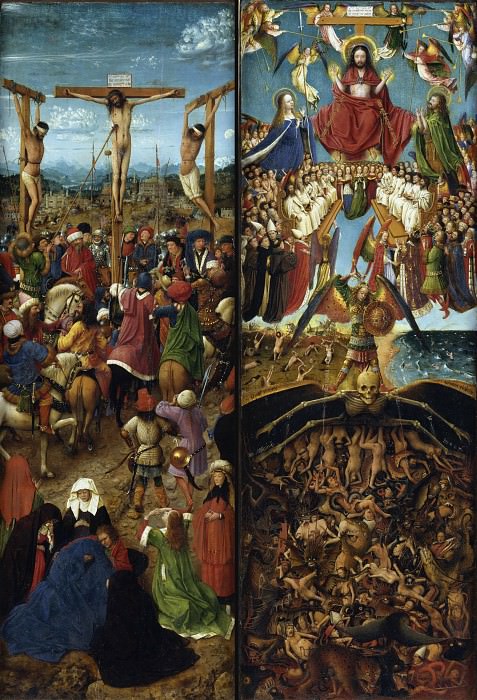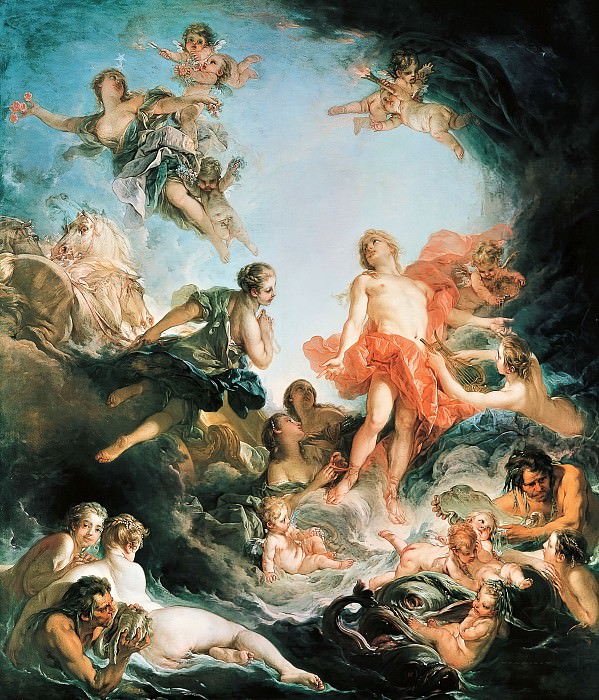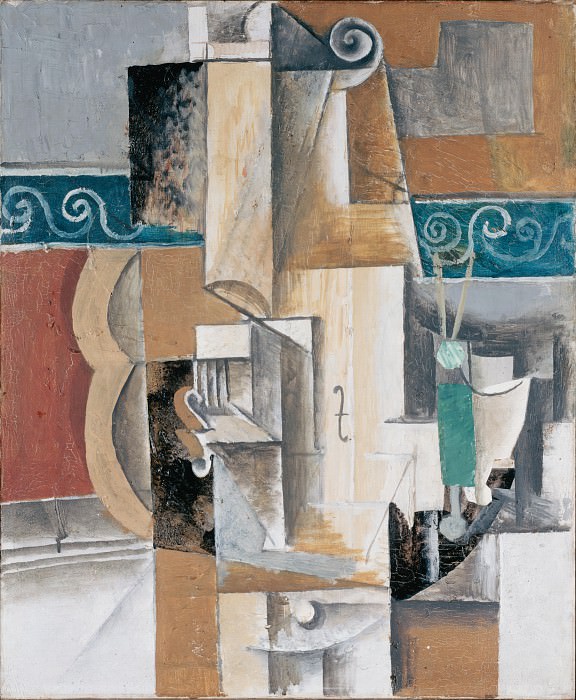Antoni Gaudí: The Genius Behind Modernist Art
Antoni Gaudí, a name synonymous with the exuberance of modernist architecture, revolutionized the art world with his unique approach to design. Born in 1852 in Reus, Catalonia, Gaudí’s work transcends traditional boundaries, blending art and architecture into a seamless expression of nature’s grandeur. His creations, marked by intricate detail and innovative techniques, are a testament to his genius, earning him the title of the father of Catalan Modernism.
Gaudí’s artistic journey was profoundly influenced by his deep connection with nature. From a young age, he exhibited a keen interest in the natural world, observing its forms and structures with an almost spiritual reverence. This admiration for nature became the cornerstone of his work, as he sought to integrate organic forms into his designs. Unlike his contemporaries, who were bound by the rigid conventions of the time, Gaudí saw architecture as a living, breathing entity, capable of evolving and adapting like the natural elements it drew inspiration from.
One of the most striking aspects of Gaudí’s art is his use of biomimicry. This technique, which involves mimicking natural forms, is evident in many of his most famous works. The undulating facades of Casa Batlló, for instance, resemble the scales of a dragon, while the columns of La Sagrada Família’s nave evoke the trunks of towering trees. These elements not only create a visual connection to nature but also serve a functional purpose, enhancing the structural integrity of the buildings.
Gaudí’s mastery of color and texture is another hallmark of his art. He often employed vibrant mosaics, known as trencadís, to add depth and character to his creations. This technique, which involves the use of broken ceramic tiles, glass, and other materials, is most famously displayed in Park Güell. The serpentine bench that winds its way through the park is a vivid example of Gaudí’s ability to transform ordinary materials into extraordinary works of art. The kaleidoscope of colors, combined with the sinuous curves of the bench, creates a dynamic interplay of light and shadow, bringing the space to life.
Beyond his innovative use of materials, Gaudí’s work is characterized by a deep sense of spirituality. His devout Catholic faith played a significant role in shaping his artistic vision, particularly in his later years. La Sagrada Família, his magnum opus, is perhaps the most profound expression of this spiritual dimension. The basilica, still under construction more than a century after Gaudí’s death, is a monumental testament to his dedication to both his faith and his craft. The intricate carvings that adorn the Nativity and Passion facades depict biblical scenes with an almost otherworldly detail, inviting viewers to contemplate the divine mysteries they represent.
Gaudí’s approach to architecture was also deeply rooted in his understanding of geometry. He believed that geometric shapes were the building blocks of the natural world, and he sought to incorporate these forms into his designs. The hyperbolic paraboloids, helicoids, and catenary arches that define his work are not just visually striking but also demonstrate a sophisticated understanding of structural engineering. These forms allowed Gaudí to create buildings that were both aesthetically pleasing and structurally sound, pushing the boundaries of what was possible in architecture.
Despite the grandeur and complexity of his work, Gaudí remained a humble artist, deeply connected to his Catalan roots. He was a man of simple tastes, often found dining with laborers and craftsmen on the construction sites of his projects. His modest lifestyle belied the grandeur of his creations, and he was known for his deep sense of humility and devotion to his craft. This humility is reflected in his approach to design, where he often prioritized the needs of the community over his personal glory.
Gaudí’s impact on the art world extends far beyond the boundaries of Catalonia. His work has inspired generations of architects and artists, who have drawn on his innovative techniques and visionary approach to create their own masterpieces. The organic forms, vibrant colors, and spiritual symbolism that define Gaudí’s work continue to resonate with audiences around the world, making him a timeless figure in the world of art and architecture.
The enduring legacy of Antoni Gaudí can be seen in the countless tourists who flock to Barcelona each year to marvel at his creations. From the whimsical curves of Casa Milà to the soaring spires of La Sagrada Família, Gaudí’s work remains as captivating today as it was a century ago. His ability to merge art, architecture, and nature into a harmonious whole has cemented his place as one of the greatest artists of all time.
In conclusion, Antoni Gaudí was not just an architect; he was a visionary artist who saw the world through a unique lens. His ability to transform the ordinary into the extraordinary, to draw inspiration from nature, and to imbue his work with deep spiritual meaning sets him apart as one of the most influential figures in the history of art. Gaudí’s work is a celebration of life, nature, and the divine, and his legacy continues to inspire and captivate those who experience the magic of his creations.




